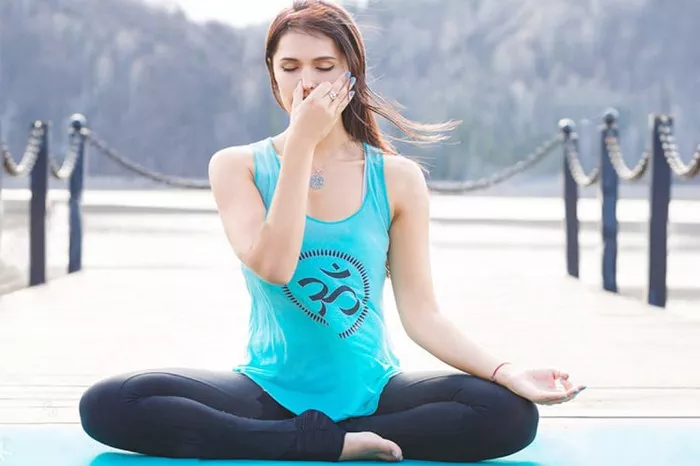Yoga, a profound tradition originating from ancient India, encompasses diverse philosophies, techniques, and practices aimed at spiritual, mental, and physical well-being. Among the myriad of yoga styles, Universal Yoga stands out as a comprehensive approach that integrates various traditional paths, offering practitioners a holistic system for self-realization and personal development. In this article, we delve into the essence of Universal Yoga, exploring its principles, methodologies, and significance in the modern world.
Origins and Philosophy
Universal Yoga, founded by Andrey Lappa, emerged in the late 20th century as a synthesis of classical yoga traditions, including Hatha, Raja, Karma, Bhakti, Jnana, and Kundalini yoga. Drawing inspiration from ancient texts such as the Yoga Sutras of Patanjali, the Bhagavad Gita, and the Hatha Yoga Pradipika, Lappa sought to create a comprehensive system accessible to practitioners of all levels and backgrounds.
At its core, Universal Yoga espouses the philosophy of unity and integration, emphasizing the interconnectedness of all aspects of existence – body, mind, and spirit. It acknowledges the diversity of human experiences and encourages individuals to embrace their unique paths while striving for inner harmony and self-realization. Central to its philosophy is the concept of yoga as a transformative journey towards realizing one’s true nature and fulfilling one’s highest potential.
Methodologies and Practices
Universal Yoga encompasses a wide array of practices designed to cultivate physical strength, mental clarity, emotional balance, and spiritual insight. Unlike some traditional yoga styles that focus primarily on specific techniques or postures, Universal Yoga adopts a multidimensional approach, incorporating various methodologies tailored to individual needs and aspirations.
1. Asana (Physical Postures): As in other yoga traditions, Universal Yoga includes the practice of asanas or physical postures aimed at improving flexibility, strength, and balance. However, it goes beyond mere physical exercise, integrating dynamic movements, precise alignments, and breath awareness to awaken subtle energy channels and enhance overall vitality.
2. Pranayama (Breath Control): Pranayama, the regulation of breath, holds a central place in Universal Yoga practice. Through specific breathing techniques, practitioners learn to harness the vital force (prana) and direct it towards harmonizing the body-mind complex. Pranayama practices in Universal Yoga range from simple breath awareness to more advanced breath retentions and channeling exercises.
3. Mudra and Bandha (Gesture and Energy Locks): Mudras and bandhas are subtle yet powerful practices employed in Universal Yoga to manipulate energy flow within the body. Mudras, or symbolic hand gestures, are used to stimulate different energy circuits and facilitate concentration and meditation. Bandhas, energy locks, involve the contraction of specific muscles to redirect prana and awaken dormant energy centers (chakras).
4. Meditation and Concentration: Universal Yoga emphasizes the cultivation of mindfulness and inner awareness through meditation and concentration practices. By quieting the fluctuations of the mind and delving into the depths of consciousness, practitioners can access profound states of tranquility, insight, and self-realization.
5. Mantra and Chanting: Sound has a profound effect on the human psyche, and Universal Yoga utilizes the power of mantra and chanting to purify the mind, elevate consciousness, and invoke spiritual energies. Mantras, sacred sounds or phrases, are repeated either silently or aloud to attune the mind to higher vibrations and deepen the practitioner’s connection to the divine.
6. Yoga Nidra (Yogic Sleep): Yoga Nidra, often referred to as yogic sleep, is a guided relaxation and meditation practice that induces deep states of relaxation and rejuvenation. In Universal Yoga, Yoga Nidra is employed as a tool for stress reduction, emotional healing, and spiritual exploration, allowing practitioners to access the subconscious mind and tap into their innate potential.
Integration and Adaptability
What sets Universal Yoga apart is its emphasis on integration and adaptability, allowing practitioners to tailor their practice according to their unique needs, capacities, and aspirations. Rather than adhering rigidly to a fixed set of techniques or dogmas, Universal Yoga encourages exploration and experimentation, empowering individuals to find their own path to self-discovery and personal transformation.
Moreover, Universal Yoga recognizes the dynamic nature of human existence and acknowledges that the practice of yoga must evolve to meet the changing needs and challenges of modern life. As such, it embraces innovation while remaining rooted in timeless yogic principles, ensuring its relevance and efficacy in today’s fast-paced world.
Conclusion
Universal Yoga represents a comprehensive and inclusive approach to yoga practice, integrating diverse traditions, methodologies, and philosophies into a cohesive system for personal growth and self-realization. By embracing the principles of unity, integration, and adaptability, Universal Yoga offers practitioners a holistic path towards physical health, mental clarity, emotional balance, and spiritual awakening. Whether one is a novice or an experienced yogi, Universal Yoga provides a framework for exploring the depths of human potential and discovering the true essence of yoga – union with the self and the divine.




















